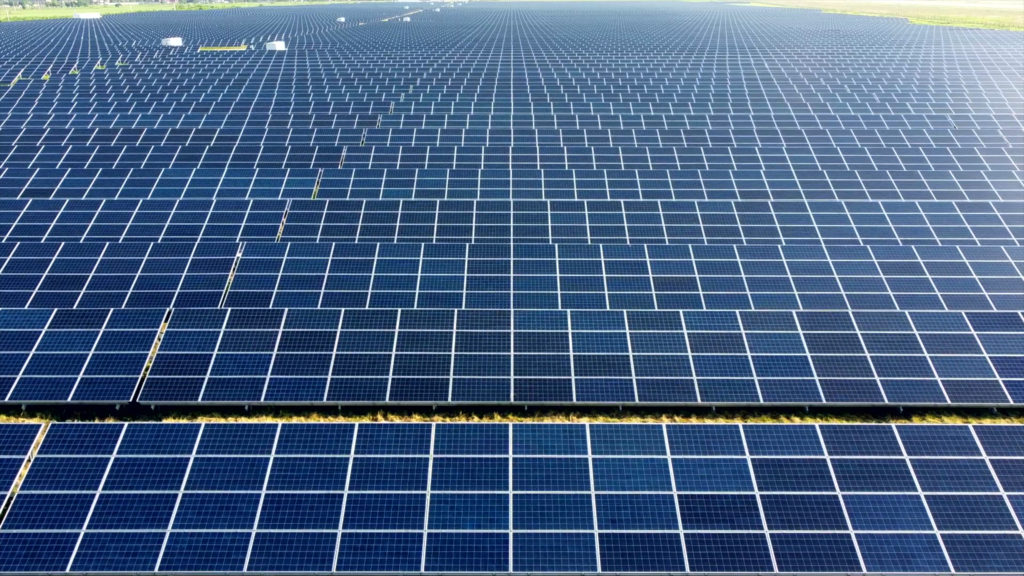
And American consumers are likely to remain that way for a while, despite serious questions about their production.
It’s time for an update on the trade of solar panels being imported into the United States. A lot has happened in the past few months, and Tuesday we got some more news related to this subject. But first, we need a little context. Just a little!
In March, the Commerce Department, responding to a petition from a small California-based solar panel manufacturer, announced it would be investigating imports of solar panels from a group of southeast Asian countries to determine if – as the petition alleged – Chinese solar companies were rerouting what are basically Chinese-made solar panels through those countries to avoid well-earned U.S. tariffs. This is called “circumvention.”
In April and May, a solar trade association full of Chinese solar manufacturers led a pressure campaign to kill the Commerce investigation. It claimed President Biden’s clean energy goals would be missed and thousands of American solar installation jobs would be lost if the inquiry into the source of these solar panel imports resulted in new tariffs.
In early June, the campaign more or less paid off. The Biden administration announced that while the investigation would continue, no new tariffs on solar imports would be issued for two years regardless of the investigation’s outcome. Are these Chinese companies, the beneficiaries of incredible government largesse and what could be politely described as questionable Chinese labor policy, sending unfairly made solar panels through third-party countries to avoid U.S. tariffs? Maybe! We’ll find out when Commerce finishes its investigation. But there won’t be any consequences for it, because the Biden administration already said there will be no new tariffs. The trade association and its allies were very happy with this outcome.
Last week, the International Energy Agency (IEA) released a report analyzing the proliferation of solar energy as countries around the world attempt to meet their goals for cutting carbon emissions. It found that solar has become an incredibly cheap form of energy around the world thanks to Chinese state-led industrial policy that has led to investment in the technology. It also found that the Chinese solar industry is absolutely dominant over the international solar supply chain. That’s great for the Chinese government and bad for the rest of the world, as it leaves everyone very vulnerable to supply chain disruptions.
And Tuesday, a handful of Democrats in the U.S. House of Representatives wrote to U.S. customs officials to ask why “three major Chinese solar energy companies were excluded from a list of importers whose products are banned under a new law aimed at cracking down on forced labor.”
That new law is the Uyghur Forced Labor Prevention Act, which requires companies importing goods from the Chinese province of Xinjiang to prove that they aren’t sourcing inputs from forced labor camps that the Chinese government has reportedly established for members of the Uyghur ethic group and other Muslim minorities. A huge amount of the world’s solar supply chain runs directly through Xinjiang, that recent IEA report points out.
Here’s what the House members wrote in their letter:
“We recognize the increasing importance solar energy will assume in reducing future greenhouse gas emissions and mitigating the effects of climate change. However, this recognition, along with the relative under-diversification of the solar industry’s supply chain, cannot cause the U.S. to compromise on values as fundamental as our commitment to upholding human rights.”
Emphasis added.
Remember: There will be no new tariffs on potentially unfairly traded solar imports! You can learn more about the stuff the Chinese state is doing to its citizens in Xinjiang here.
